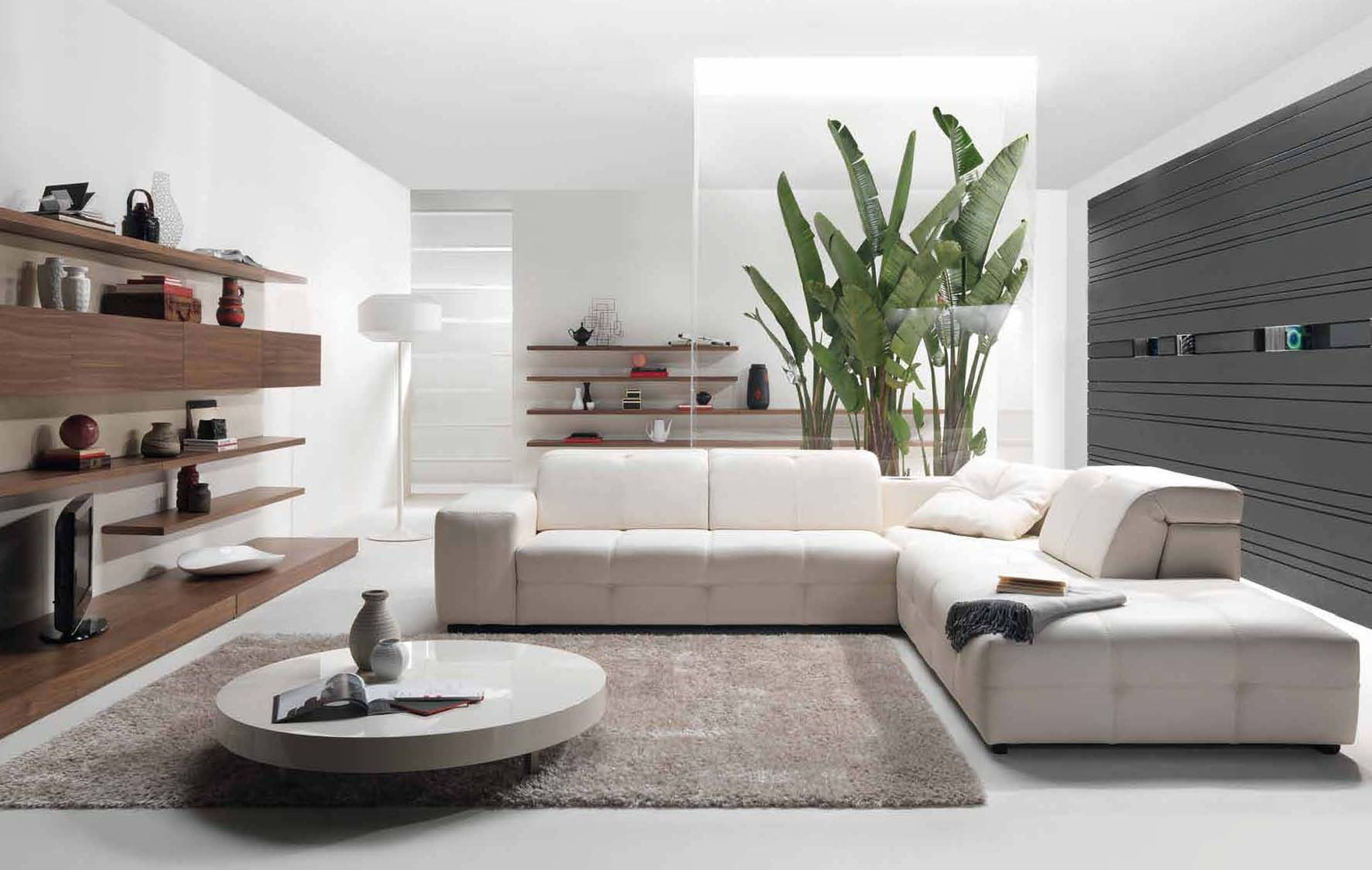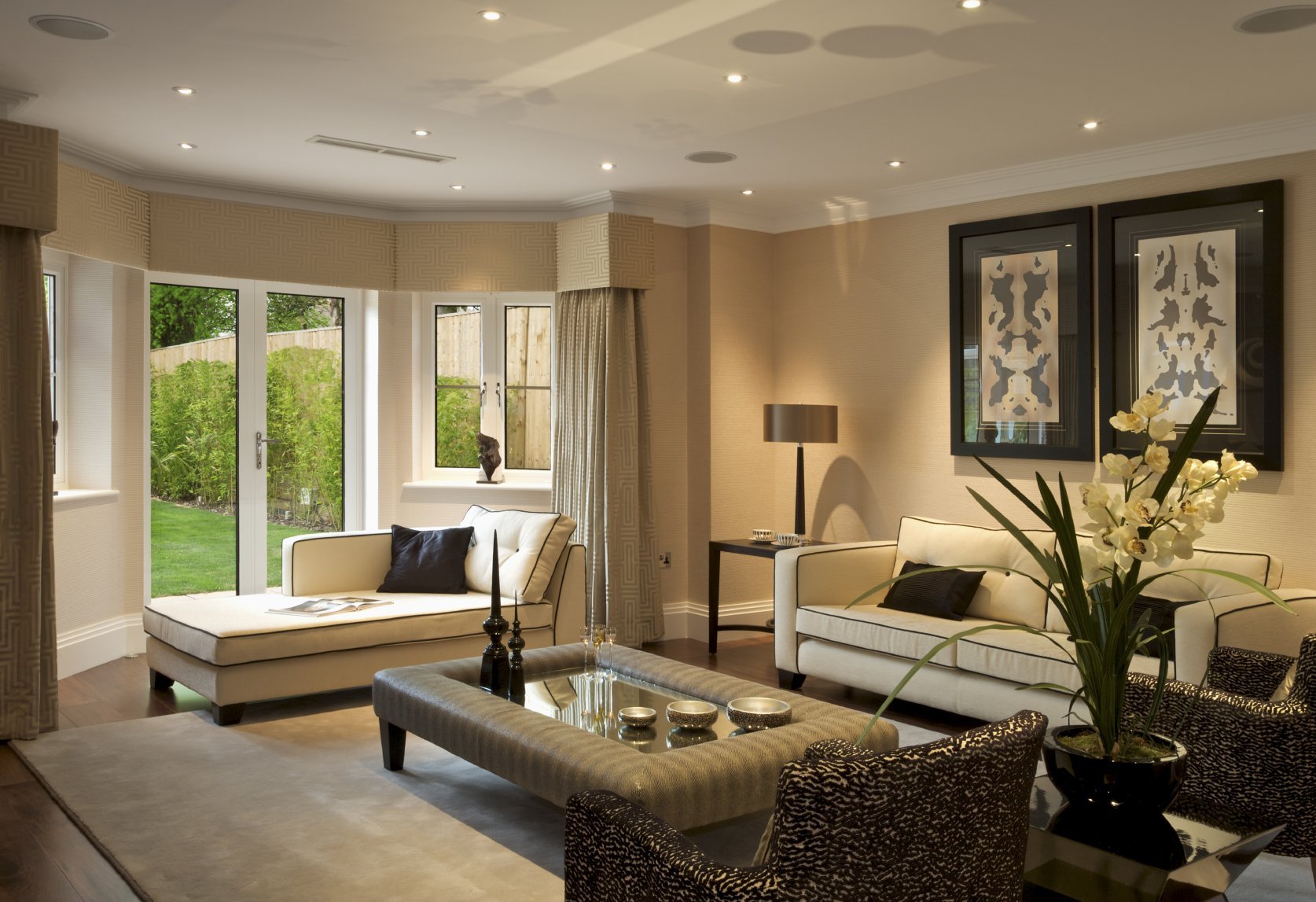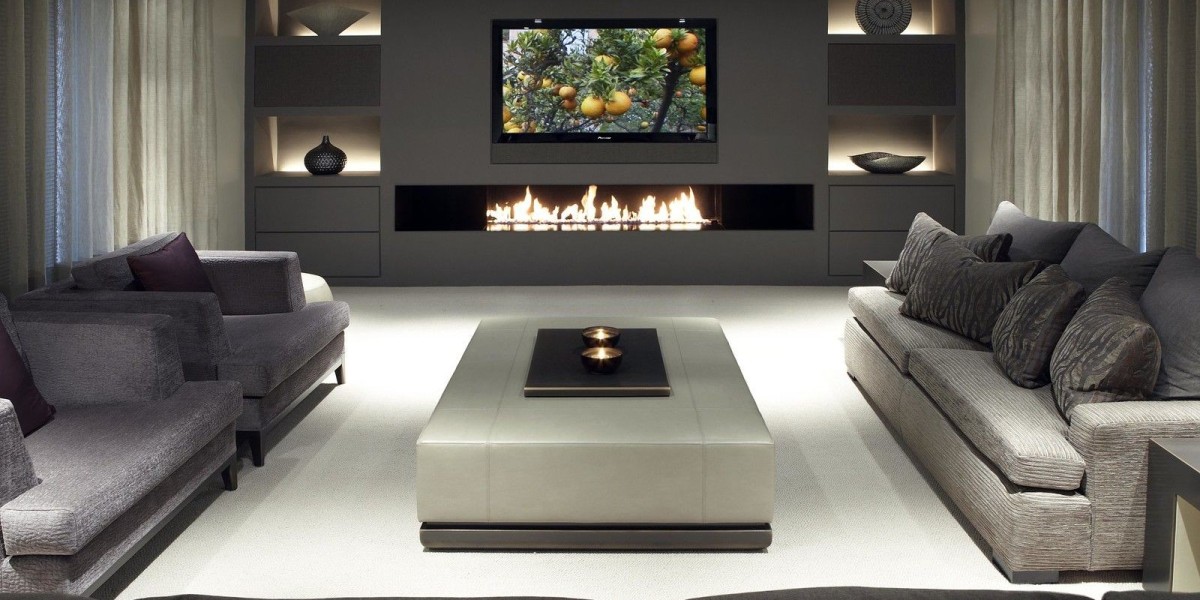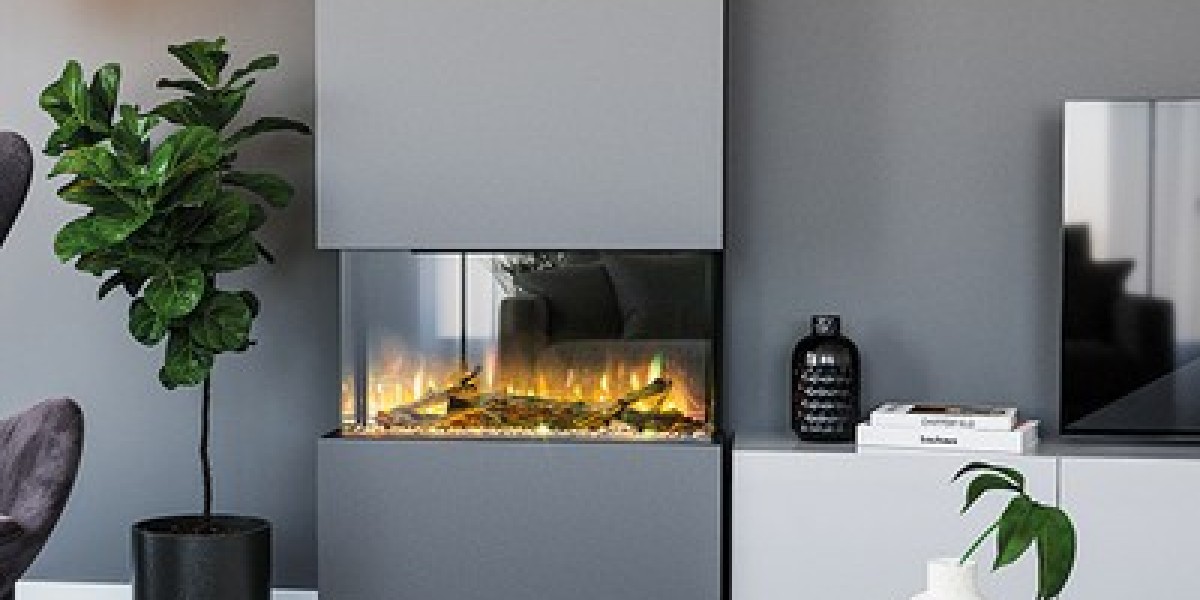Creating a modern living space is about more than just keeping up with the latest trends—it's about creating an environment that is both functional and aesthetically pleasing. Modern design is defined by its clean lines, neutral color palettes, and emphasis on natural light and open spaces. Whether you're redecorating your entire home or just looking to update your living room, understanding the principles of modern design can help you create a space that feels both comfortable and stylish.
Understanding the Modern Living Space
What Defines Modern Design?
Modern design is often confused with contemporary design, but there are key differences. Modern design refers to a style that emerged in the early to mid-20th century, characterized by a departure from ornate and traditional styles of homes in favor of simplicity and function. The design is all about "less is more," focusing on minimalism, open spaces, and the use of natural materials.
Key Characteristics of Modern Design
Modern design is characterized by:
Clean Lines: Straight, simple lines dominate, creating a sleek and uncluttered look.
Neutral Color Palettes: White, gray, black, and beige are commonly used, with accents in bold or muted tones.
Minimalist Approach: Furniture and decor are kept to a minimum, ensuring that each piece serves a purpose.
Natural Materials: Wood, metal, and glass are popular, often left in their natural state or with minimal treatment.
Functional Furniture: Pieces are chosen for their practicality as well as their aesthetic appeal.
Evolution of Modern Design in Homes
Modern design has evolved over the decades, incorporating elements of contemporary styles while staying true to its roots. It has become more accessible, with DIY options and affordable furniture that still embody the principles of modernism.
Benefits of a Modern Living Space
Functionality and Simplicity
One of the main benefits of modern design is its functionality. Everything in a modern living space has a purpose, from the layout to the furniture. This simplicity not only makes the space easier to navigate but also creates a calming and clutter-free environment.
Aesthetics and Appeal
Modern design is timeless. Its neutral color palettes and clean lines create a look that is both sophisticated and inviting. Whether you're decorating a small apartment or a large home, modern design can adapt to different spaces and personal styles.
Essential Elements of a Modern Living Space

Minimalist Furniture Choices
Sleek, Simple, and Functional
In a modern living space, furniture should be both functional and aesthetically pleasing. Think sleek sofas, simple coffee tables, and chairs with clean lines. Furniture in a modern space often has a low profile, making the room feel more open and spacious.
Multi-Functional Furniture
Multi-functional furniture is a key element of modern design, especially in smaller spaces. Consider pieces like ottomans with storage, fold-out desks, or convertible sofas that can maximize the functionality of your living space without sacrificing style.
Neutral Color Palettes
Importance of Neutral Tones
Neutral tones are the backbone of modern design. They create a calm and cohesive look, allowing the furniture and decor to stand out. White walls, gray sofas, and beige rugs are common choices that can be easily complemented with other colors.
Adding Pops of Color for Contrast
While neutral colors dominate, adding pops of color can enhance the modern aesthetic. Consider accent pillows, throws, or art pieces in bold hues like deep blue, emerald green, or mustard yellow to create contrast and visual interest.
Open-Concept Layouts

Benefits of Open-Concept Living
Open-concept layouts are a hallmark of modern design. By removing unnecessary walls, you can create a more spacious and connected living area. This not only makes the space feel larger but also promotes a sense of togetherness and flow throughout the home.
How to Create an Open-Concept Space
To achieve an open-concept layout, consider removing walls between the kitchen, dining, and living areas. Use rugs and furniture to define different zones within the open space, and keep the design cohesive by sticking to a consistent color palette and style.
Natural Light and Large Windows
Maximizing Natural Light
Natural light is a key element in modern living spaces. Large windows and glass doors can flood the room with light, making it feel more open and airy. Positioning mirrors opposite windows can also help reflect light and brighten the space.
Window Treatments for Modern Spaces
When it comes to window treatments, keep it simple. Opt for sheer curtains, blinds, or shades in neutral tones that allow light to filter through while maintaining privacy. Avoid heavy drapes or ornate curtains that can weigh down the look of the room.
Incorporating Technology
Smart Home Features
Modern living spaces often incorporate the latest technology, from smart thermostats to voice-activated lighting. These features not only add convenience but also enhance the functionality and energy efficiency of your home.
Integrating Technology Seamlessly
To keep the design cohesive, integrate technology in a way that doesn't disrupt the aesthetic. Consider hiding cables, choosing devices in neutral colors, or even building smart home features into the architecture of the space.
Personalizing Your Modern Living Space
Art and Decor
Choosing the Right Art Pieces
Art plays a significant role in modern design. Opt for pieces that reflect your personal style but also complement the overall aesthetic of the room. Large, bold pieces work well in modern spaces, especially when paired with neutral walls.
Minimalist Decor Tips
When it comes to decor, less is more. Choose a few statement pieces like a sculptural vase or a geometric coffee table book. Avoid cluttering surfaces with too many items; instead, let each piece make a statement.
Greenery and Indoor Plants
Benefits of Indoor Plants
Indoor plants are an excellent way to bring life and color into a modern living space. They not only improve air quality but also add a natural element that contrasts beautifully with the clean lines and neutral tones of modern design.
Best Plants for Modern Spaces
Choose plants that complement the modern aesthetic, such as succulents, snake plants, or fiddle leaf figs. These plants are easy to care for and have a sculptural quality that fits well with the minimalist approach of modern design.
Textures and Materials
Using Different Textures
In a modern living space, texture adds depth and interest. Consider mixing smooth and rough textures, such as a leather sofa with a wool throw or a glass coffee table on a shag rug. The contrast between different materials can make the space feel more dynamic.
Mixing Materials Like Wood and Metal
Modern design often incorporates a mix of materials, such as wood, metal, and glass. This combination can create a balanced and harmonious look, with wood adding warmth and metal bringing an industrial edge. For example, a wooden dining table with metal legs can be a stunning focal point in a modern living room.
Common Mistakes to Avoid in Modern Living Spaces
Overcrowding the Space
One of the biggest mistakes in modern design is overcrowding the space with furniture and decor. Remember, modern design is about simplicity and functionality. Choose pieces that serve a purpose and leave plenty of open space for movement and flow.
Ignoring Lighting
Lighting is a crucial element of modern design, yet it’s often overlooked. Ensure that your living space has a mix of natural light and artificial lighting. Consider using floor lamps, pendant lights, and recessed lighting to create a well-lit and inviting atmosphere.
Overlooking Personalization
While modern design favors simplicity, it shouldn’t be void of personality. Incorporate elements that reflect your style and preferences, whether it’s through art, textiles, or unique furniture pieces. This will help create a space that feels like home.
Conclusion
Designing a modern living space is an art that balances functionality with aesthetics. By focusing on clean lines, neutral colors, and thoughtful use of space, you can create a living area that is both stylish and comfortable. Whether you’re starting from scratch or updating an existing room, these tips can help you achieve a modern look that suits your lifestyle and preferences.
FAQs
What is the difference between modern and contemporary design?
Modern design refers to a specific style from the early to mid-20th century, focusing on simplicity and function, while contemporary design is more fluid, reflecting current trends and styles.
How can I make a small living space feel more modern?
Maximize natural light, use neutral colors, and choose multi-functional furniture to make a small space feel larger and more modern.
What are the best materials for modern living room furniture?
Wood, metal, and glass are popular choices for modern furniture, offering a mix of warmth, industrial edge, and sleekness.
Can a modern living space be cozy?
Yes, by incorporating soft textures, warm colors, and personal touches like plants and artwork, a modern living space can be both cozy and stylish.
How do I balance functionality and aesthetics in a modern living space?
Choose furniture and decor that serve a purpose and avoid overcrowding the space. Focus on quality over quantity, ensuring that each piece adds value to the room.








